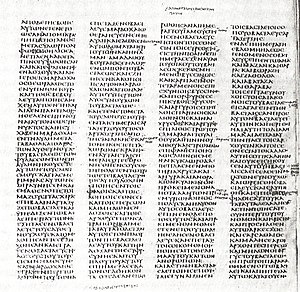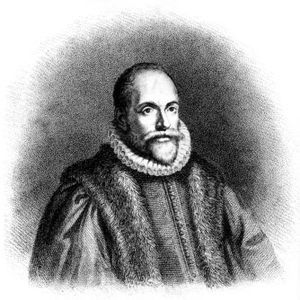Everyday we are introduced to new applications of technology in many scholarly fields. But I cannot become blasé about the recent technological innovations in text critical studies. The most well-known innovation is the Codex Sinaiticus project. Just last year one had to travel to four different libraries around the world just to view different parts of the manuscript. Now you can not only view it from the comfort of your home—for free!—but you can utilize its search and transcription features.http://www.aomin.org/aoblog/index.php?itemid=3545
Then there is The Center for the Study of New Testament Manuscripts. Daniel Wallace is the Executive Director, and their primary mission is to make "digital photographs of extant Greek New Testament manuscripts so that such images can be preserved, duplicated without deterioration, and accessed by scholars doing textual research."
Another is the New Testament Virtual Manuscript Room. Its web-based search and collation features are unprecedented. Previous generations of text critical scholars were limited to libraries that only carried big, expensive text-critical books—in other words, before the real textual critical analysis could even begin, there were the logistics of accessing the material to work with. Not that every text-critical datum is at our finger tips right now, but we are witnessing the vanguard to this goal.
The latest innovation is by Daniel Wallace, which is a Textual Critical Chart Time Saver. I can envision this program becoming a very sophisticated tool in the near future when they add more textual data such as dates, character, and more manuscripts. A program that converts textual data into chart format is amazing, since we all take the time to do it now either in our head or on paper when working on a particular variant.
Shared via AddThis

![Reblog this post [with Zemanta]](http://img.zemanta.com/reblog_e.png?x-id=bede4cf8-f86a-429d-a294-36900fea664a)

![Reblog this post [with Zemanta]](http://img.zemanta.com/reblog_e.png?x-id=765dc057-b6e3-4ec0-b85f-c2c4e8cead71)


![Reblog this post [with Zemanta]](http://img.zemanta.com/reblog_e.png?x-id=1feda06f-154b-4af1-a044-92e4532f6786)